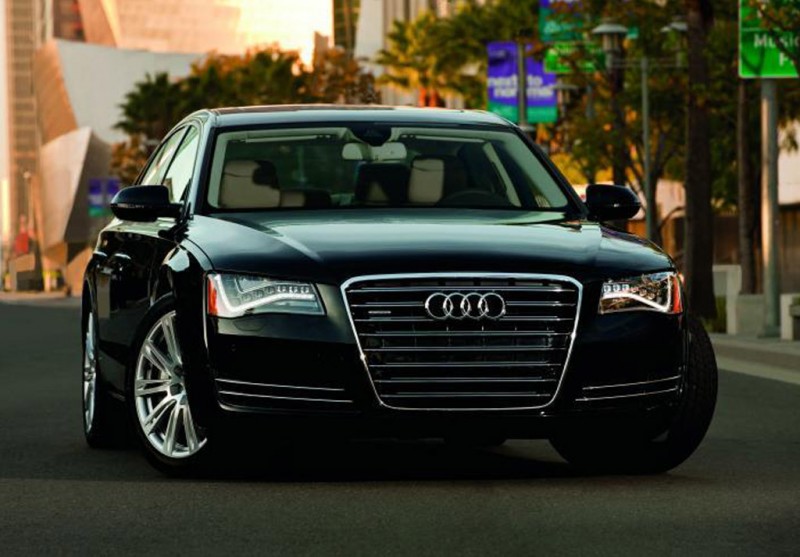Audi, the German car maker that prides itself on a technology oriented image with their slogan, Vorsprung durch Technik, or advancement through technology has been working hard on developing in-car systems designed to predict the future and make driving more getting to your destination both more efficient and safer. The new systems are aimed at anticipating future traffic trends and “learning” a person’s driving habits.
Focussing on the world’s largest cities, Audi launched the research project, Audi Urban Intelligent Assist (AUIA), to help make urban driving safer. The technology includes telling the motorist the optimal time to leave for an appointment, directing them on the most efficient routes, including parking at the destination too. Furthermore, assistance as to when it may be safe to change lanes or perform manoeuvres would be given to drivers too.
The AUIA project is the latest in a series of research projects that Audi and their Electronics Research Laboratory (ERL) in Silicon Valley has formed with four leading U.S. universities (University of Southern California, University of California at Berkeley, University of California at San Diego and University of Michigan Transportation Research Institute) to explore electronic capabilities in cars. Research included crunching numbers through algorithms, real time data, Human Machine Interface (HMI) advanced sensors, radar detections and other technical approaches.
Audi has already demonstrated the technology to a select group of individuals in San Francisco. Mario Tippelhofer, Senior Software Engineer at Audi’s ERL, said:
“The real-life mobility challenges presented by the streets of San Francisco provide a perfect opportunity to demonstrate how Audi Urban Intelligent Assist technology can transform a vehicle from a stylish expression of one’s self into a useful tool that can revolutionize the way a person drives. This project brings to life a connected car that essentially predicts the behaviour of its driver, analyses current and future driving conditions and creates a safer and hopefully less stressful experience for the person behind the wheel.”
The San Francisco AUIA demonstration focused on two primary applications: Audi Centric Urban Navigation and Audi Urban Assistance. Both functions utilise traffic information from multiple on-board and remote services to predict how traffic in a city flows throughout the day and the system then combines this information with driver diagnostic data to generate a route that is comfortable, efficient and tailor-made to each driver.
Highlights of the technology include:
Audi Driver Centric Urban Navigation
- Time-2-Start notifies drivers via their mobile devices how long it will take them to reach their destination before they leave.
- Smart Parking combines the parking habits of a driver with the availability of nearby parking spots–parking structures as well as metered street parking – to help identify parking spots in a destination area and provide navigation to that location.
- Predictive Traffic anticipates and analyzes current traffic patterns based on present and past traffic data, along with weather and event information.
- Naturalistic Guidance uses surrounding landmarks to provide detailed instructions for easy navigation (e.g. “Please turn left at the park”).
- Seamless Navigation provides walking guidance to the driver from his or her “Smart Parking” spot directly to their destination.
Audi Urban Assistance
- Merge Assist helps a driver merge on the highway by utilizing components of speed calculation and speed displayed in the instrument cluster and green LEDs on the side mirrors notify the driver it is safe to merge.
- Lane Change Assist monitors a driver’s blind spot areas as well as fast-approaching vehicles and hazardous objects in an effort to assist the driver in changing lanes on the highway. The system also analyses driver behaviour to predict when the driver intends to performing a lane change. This coupled with the environmental data allows the vehicle to signal the driver when it is safe to change lanes via green LED lights on the side mirrors.
- Attention Guard provides early detection of driver distraction through countermeasures that get the attention of a driver and bring their focus back on the road.
Source; Audi

